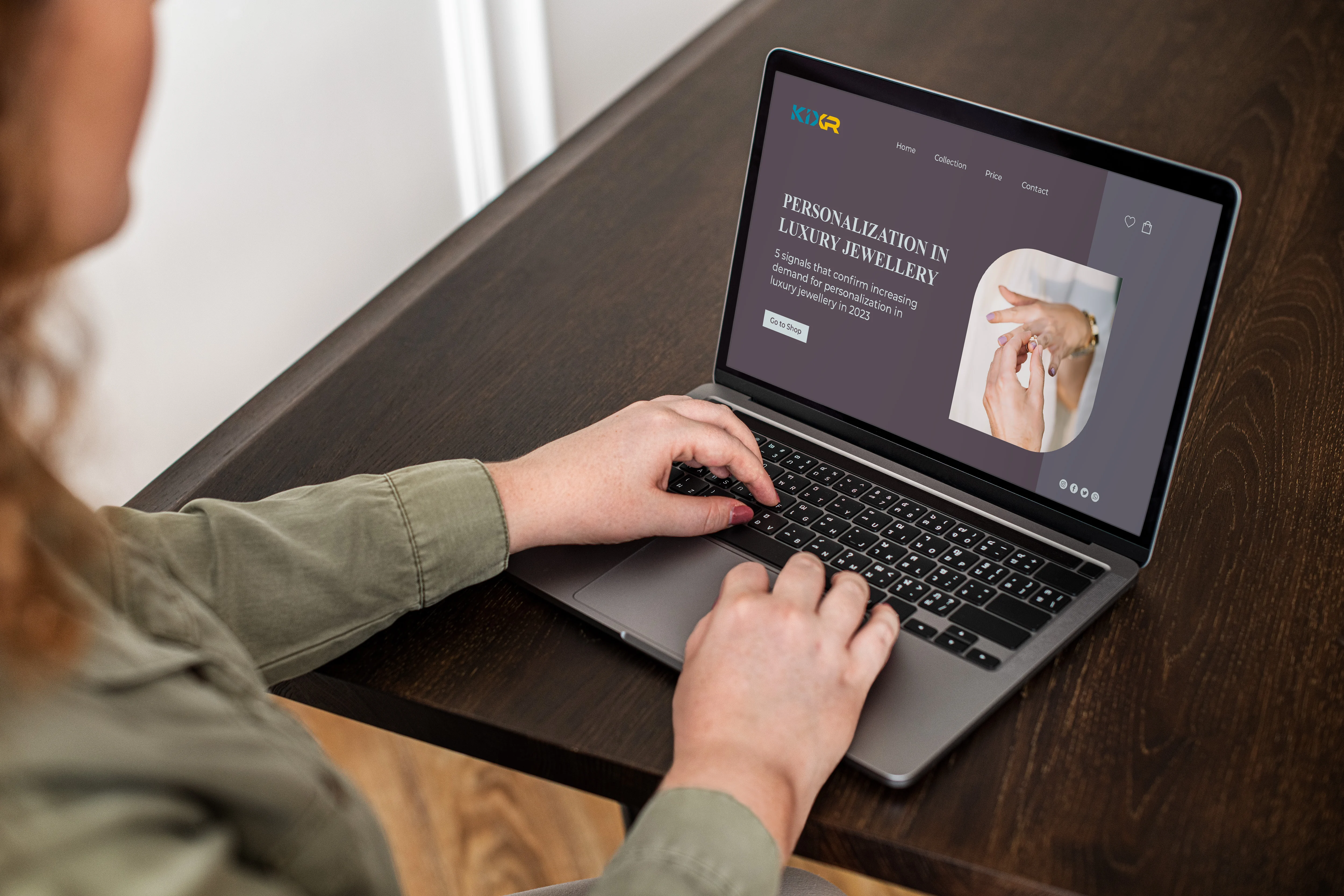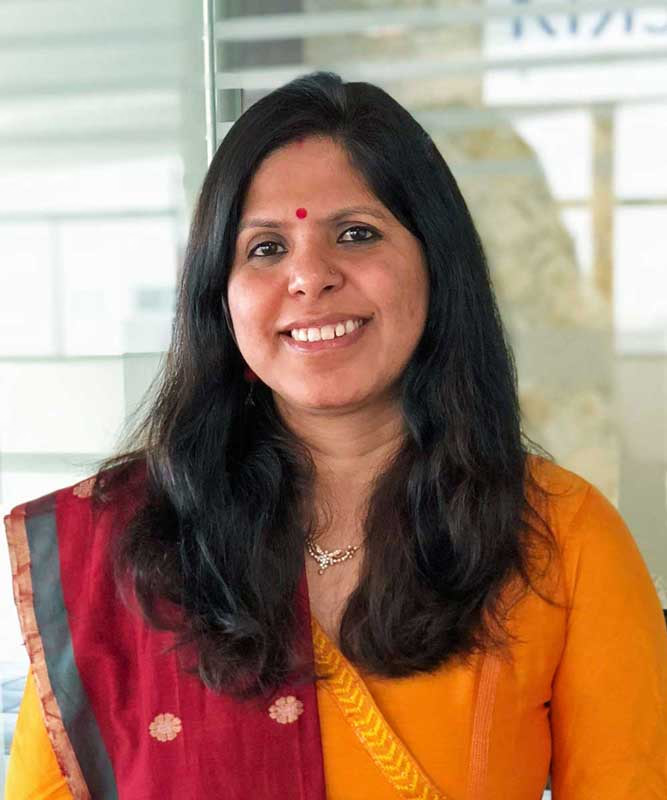In the last 1,000 days, the luxury jewellery industry has changed. As a matter of fact,
the overall growth in the luxury jewellery industry is 2%. On the contrary, consumer
preferences towards personalized and unique pieces is still growing at 8% CAGR
(McKinsey).
Obviously, many brands have started offering bespoke services. In fact, it is
helping
them meet the growing demand for customization. However, many brands are still resisting
this change. Check my blog
to see how brands that are
resisting are losing more than
what they are gaining.
In this blog, we will explore the 5 signs that confirm the increasing demand for
personalization in the luxury jewellery industry worldwide. We will also share
supporting statistics.
It isn’t a jewelry piece if it doesn’t have a story.
1. Madrush for bespoke services
This makes up for the most obvious signal to track. According to a report by Bain & Company, the global market for personal luxury goods, including jewellery, is expected to reach €320-330 billion by 2025. The bespoke services account for a significant portion of this growth.
Furthermore, a survey by MVI Marketing found that 42% of millennials and 34% of Gen Z consumers are interested in purchasing a customized piece of jewellery.
This trend is not limited to younger consumers. In fact 28% of baby boomers also expressed interest in bespoke jewellery.
As a result, many luxury jewellery brands have started to offer bespoke services. This is helping brands to cater to the growing demand for personalization.
Want to know how to do it for your brand? Check this step by step guide.
2. A unique shift in demand for unique pieces
This is another sign of the increasing demand for personalization in the luxury jewellery industry. Today, buyers demand platforms to offer one-of-a-kind pieces.
According to a report by The Business of Fashion, consumers are moving away from mass-produced items. In fact, consumers are looking for unique pieces that reflect their personality and style.
This trend is also reflected in the rise of independent jewellers who specialize in creating bespoke pieces.
According to a report by The Guardian, independent jewellers in the UK saw a 147% increase in revenue between 2014 and 2019. This highlights the growing demand for unique and personalized pieces.
a. Social Commerce
The global live video shopping market is expected to reach $25 billion this year. Today, 90% of consumers interact with brands on social Media. User Generated Content (UGC) will be a leading category for Chief Marketing officers to look out for.
On the same lines, social media is impacting the luxury jewellery industry. Today, consumers use platforms like Instagram and Pinterest to discover new brands and products.
As a result, many luxury jewellery brands leverage social media to promote their bespoke services and showcase their unique pieces. In fact, the User generated content (UGC) could be a game changer here.
According to a report by McKinsey & Company, social media is the key driver of brand awareness and engagement in the luxury industry. 50% of luxury purchases are influenced by digital channels.
This trend is particularly evident among younger consumers. Today, 71% of Gen Z and 69% of millennial consumers use social media to discover new brands.
3. “I am a category “ experience
Today, consumers seek personalized experiences across all aspects of their lives. The story isn’t any different for the luxury jewellery industry.
According to a report by Deloitte, personalized experiences have become a key driver of brand loyalty. To add to this, 36% of consumers are willing to pay more for personalized products and services.
Luxury jewellery brands are responding to this trend by offering personalized experiences. Some example lines of businesses are private consultations, personalized virtual product development and custom fittings.
For example, Tiffany & Co. offers a bespoke service called "The Tiffany Setting,". This service allows customers to create their own engagement rings by choosing from a range of diamond shapes and settings.
Similarly, Cartier offers a bespoke service called "Crea," which allows customers to design their own jewellery pieces from scratch.
4. The e-commerce wave
Finally, the growth of e-commerce is also contributing to the increasing demand for personalization in the luxury jewellery industry.
According to a report by McKinsey & Company, e-commerce has become the fastest-growing channel in the luxury industry. The report claims that the online sales will triple by 2025.
Many smart Luxury jewellery brands are responding to this trend. Many of them offer online bespoke services. This allows customers to design and order custom pieces from the comfort of their own homes. Planning the same for your brand? Avoid these 5 mistakes.
For example, Boucheron offers an online bespoke service called "Atelier Virtual," which allows customers to create their own jewellery pieces using 3D modeling software.
To conclude, the luxury jewellery industry is competitive. Considering the growth at 2% it is going to continue to be competitive. However, the shift to product personalization is growing at 8%.
This shift signals a positive opportunity for meaningful jewelry luxury brands to leverage 3D configurators to cater to their consumer’s demands.
Follow me on LinkedIn to know more about Augmented Reality/Virtual Reality/Mixed Reality/Metaverse in the Lifestyle industry.
Stay tuned to the KiXR blog for more.
Kavita has been adept at execution across start-ups since 2004. At KiKsAR Technologies, focusing on creating real life like shopping experiences for apparel and wearable accessories using AI, AR and 3D modeling


